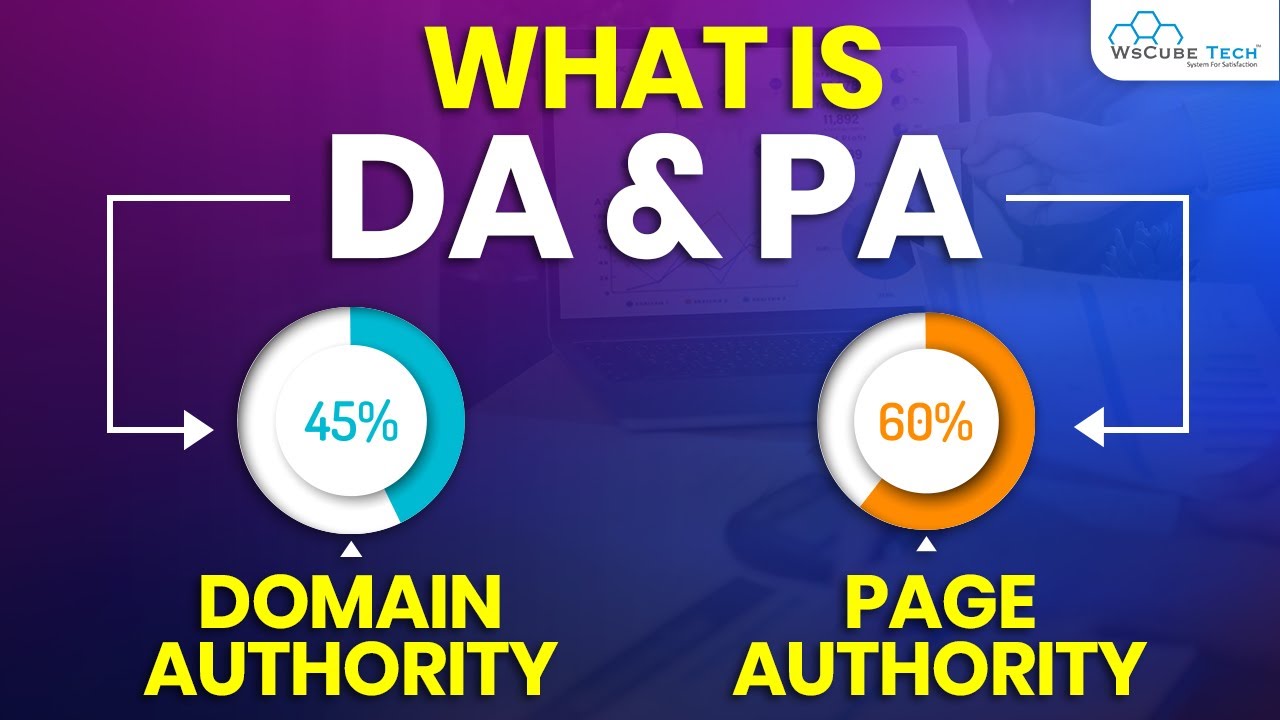Domain Authority (DA) and Page Authority (PA) are metrics developed by Moz, a leading SEO software company, to predict the likelihood that a website or specific webpage will rank well in search engine results pages (SERPs).
Here’s a breakdown of each concept:

1. Domain Authority (DA)
- What it is: Domain Authority is a score that measures the overall strength or “authority” of an entire domain (website). It is a predictive metric that helps gauge how well a website is likely to perform in search engine rankings.
- Score Range: DA is scored on a scale from 1 to 100, with higher scores indicating a greater likelihood of ranking well. A higher DA typically means the domain has a stronger backlink profile and more credibility in its industry.
- Factors Affecting DA:
- Backlinks: The number and quality of external websites that link to the domain.
- Link Profile: The diversity of the websites linking to the domain.
- Content Quality: The relevance and quality of the content published on the domain.
- Website Structure: How well the website is optimized for SEO (e.g., load speed, mobile-friendliness, etc.).
- Usage: DA is often used to compare websites or evaluate the potential for a domain to rank on search engines relative to other sites. It’s important to note that DA is not a ranking factor used by Google, but a third-party metric for competitive analysis.
2. Page Authority (PA)
- What it is: Page Authority measures the likelihood of a specific individual webpage ranking well in search results. While Domain Authority reflects the overall strength of the domain, Page Authority focuses solely on the ranking potential of one particular page within that domain.
- Score Range: Like DA, PA is also scored from 1 to 100, with higher scores indicating a stronger potential for ranking.
- Factors Affecting PA:
- Backlinks to the Page: The number and quality of backlinks pointing directly to that specific webpage.
- Content Quality and Relevance: How well the page is optimized for relevant keywords and its overall content quality.
- On-Page SEO Factors: Title tags, meta descriptions, header tags, and internal linking all play a role in improving a page’s PA.
- Internal Links from the Domain: How often the page is linked to from other pages within the same domain.
- Usage: PA is particularly useful for assessing the ranking potential of a specific page, such as a blog post, product page, or landing page. Like DA, PA is a Moz-created metric and not used by search engines directly.
Key Differences:
- Domain Authority reflects the strength of the entire domain (website), while Page Authority focuses on a specific page within that domain.
- Both scores are logarithmic, meaning it’s harder to increase them as they get higher. For example, it’s much more difficult to raise your DA from 60 to 70 than from 20 to 30.
- Both DA and PA are influenced by the backlink profile of the website or page, but DA considers the overall domain’s backlink profile, whereas PA focuses on the backlinks pointing to an individual page.
Importance in SEO:
- Domain Authority is often used for general competitive analysis and understanding the overall strength of a website.
- Page Authority is more useful for evaluating the ranking potential of individual pages and improving page-level SEO strategies.
Limitations:
- Both DA and PA are Moz’s proprietary metrics, and while they are good indicators of general SEO strength, they don’t directly influence Google’s ranking algorithms.
- They are comparative metrics, not absolute ones, meaning they should be used to compare domains or pages against each other, not as standalone indicators of search engine success.
4o mini